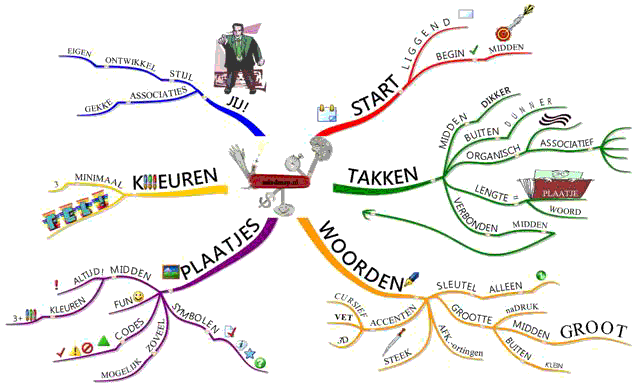- Time saving: you can quickly make notes, reports, create guides.
- You can clearly formulate complex ideas and concepts.
- You can communicate more effectively.
- If you use a mind-map, you get an overview at a glance.
- You can easily repeat the contents due to the overview.
- You can structure a large amount of information with less effort.
- It is easier to remember the essence (using both brain hemispheres).
- You can easily distinguish between primary and secondary matters.
- You can transfer information more efficiently.
- You can easily add information to previously mentioned subjects and keep it clear.
- If you are a student or teacher who is not involved in the creation of a mindmap it is less evident to know all the details and consistency.
- The initial learning curve is a little higher compared with wiki and blog. The first few times it is not easy, practice makes the creation obvious / easy.





